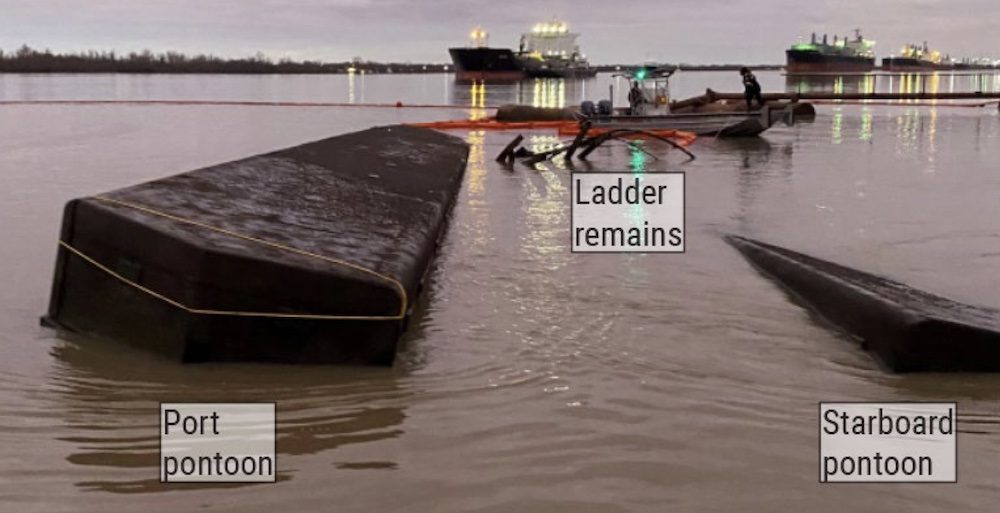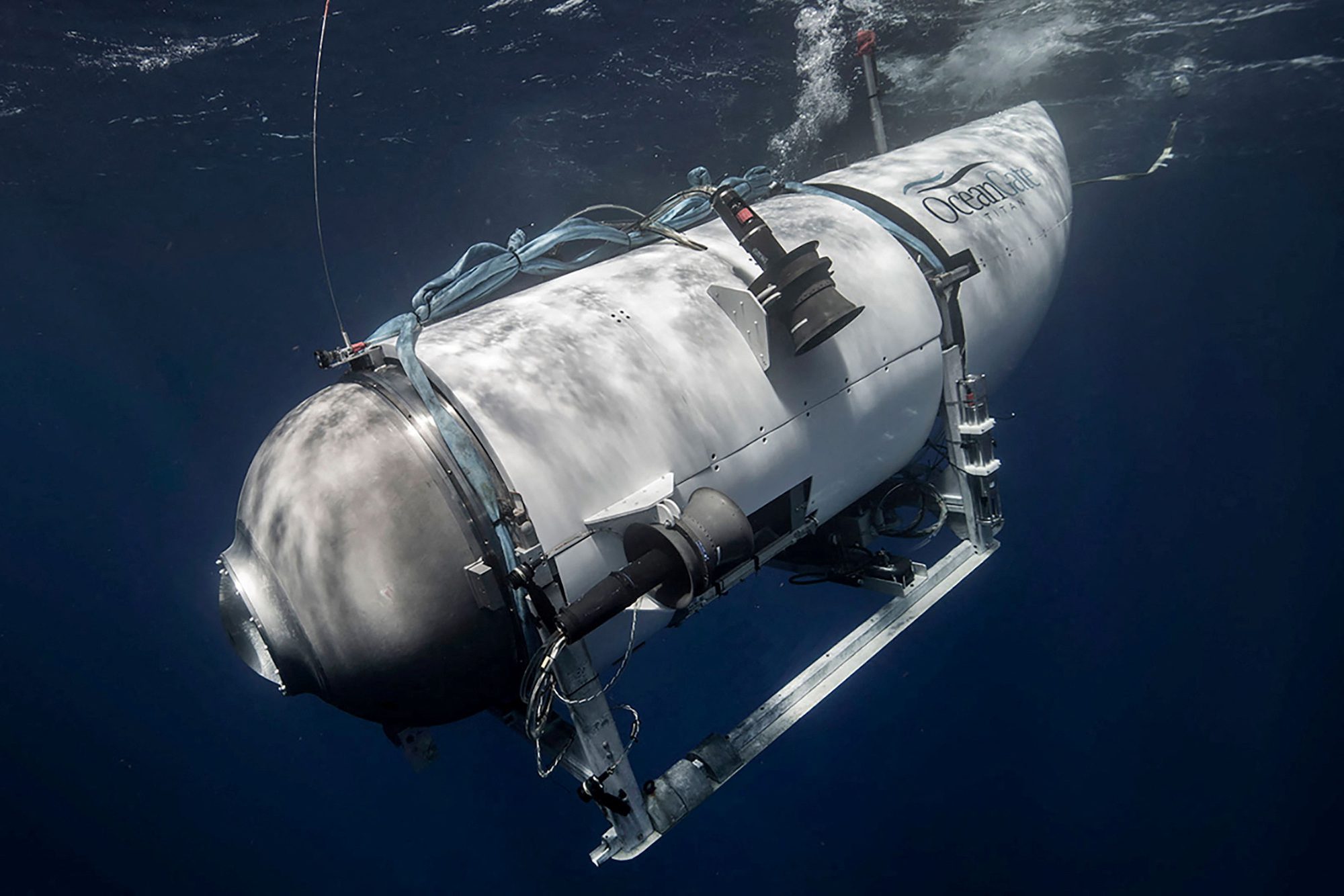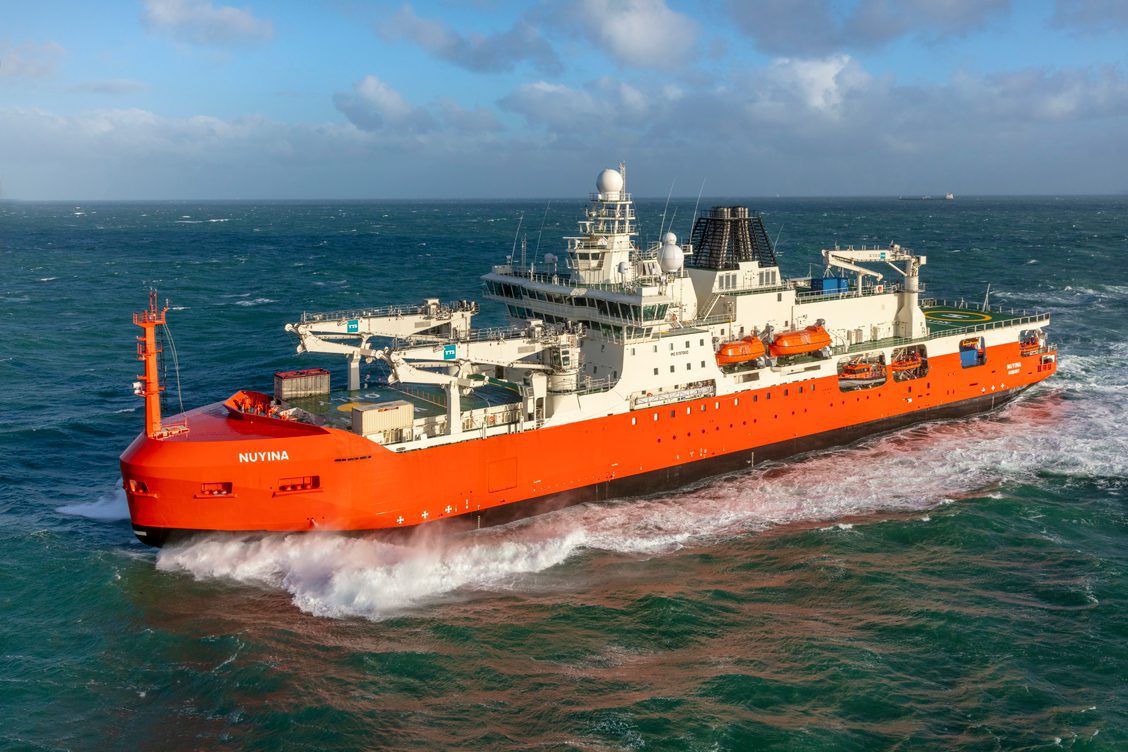The National Transportation Safety Board (NTSB) said on Thursday that the capsizing of a dredging vessel on the Mississippi River last year was due to the company’s failure to mandate regular checks of below-deck compartments. The lack of these safety inspections resulted in unnoticed flooding, leading to the vessel eventually overturning.
The WB Wood, a non-propelled dredging vessel, overturned in the early hours of January 16, 2023, while in the process of dredging operations. The vessel had been stationary for nine days, performing operations to transfer sand from the riverbed to a pit on the western bank. The incident led to an estimated spill of 5,500 gallons of oil.
The vessel was a total loss amounting to $1.5 million, although fortunately, no injuries were reported.
Two hours before the incident, the dredge’s leverman noticed an unusual tilt to the starboard side of the vessel. Upon investigation, he found a starboard storage space filled with water. Despite efforts to dewater the space with a portable pump, the inflow of water exceeded the pumping capacity, leading to an increased tilt on the starboard side.
Post-incident investigations revealed that a pipe leading to the starboard storage space was open, and its overboard check valve was missing. This led investigators to conclude that the initial tilt on the starboard side was likely due to flooding from this unsecured pipe. The flooding spread through compromised watertight bulkheads within the hull, worsening the tilt and leading to the vessel’s capsize.
The NTSB report noted that two days prior to the incident, the leverman had noticed water in the starboard storage space but couldn’t identify its source. There were no protocols in place for the crew to check for leaks or water in the hull compartments, leading to the unnoticed flooding.
The report advised that vessel crews should regularly inspect tanks and voids adjacent to the vessel’s hull to identify any potential hull integrity issues. It recommended procedural guidelines for crews to anticipate, prevent, and address potential water ingress and flooding. The use of low-level bilge alarms in voids and other spaces was also suggested as a means to ensure early detection.
Read the report: Marine Investigation Report 24-08

 Join The Club
Join The Club











